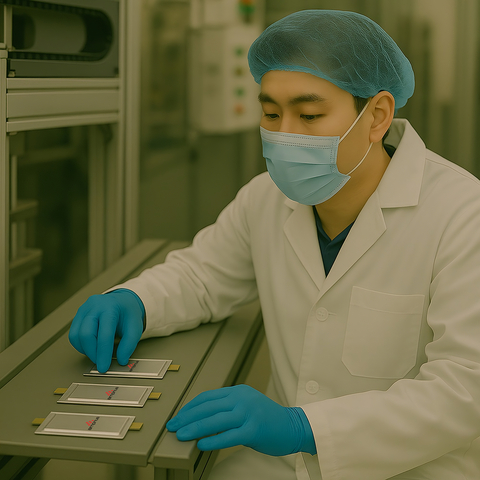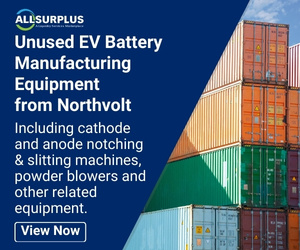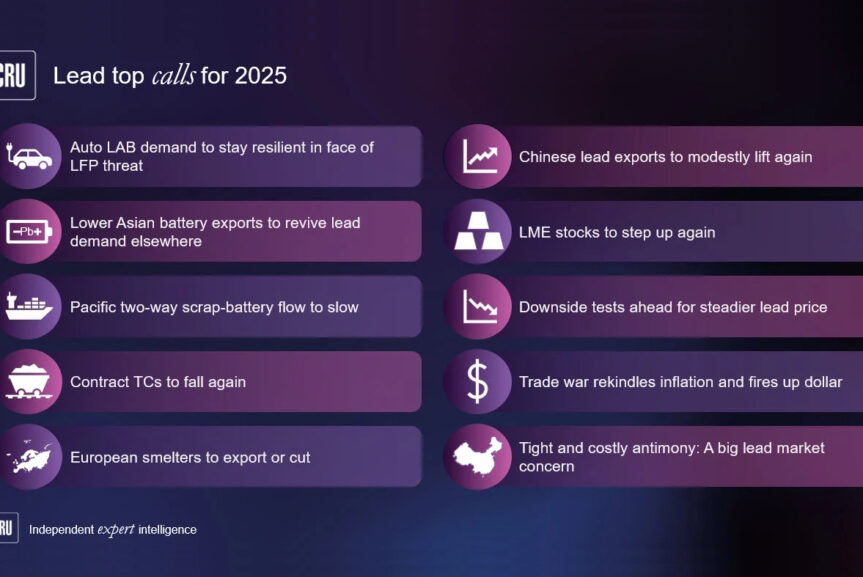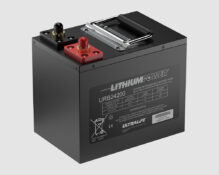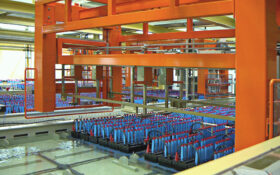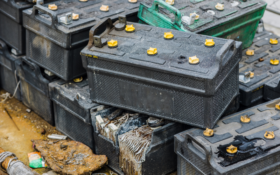There are a few companies that produce lead-carbon energy storage batteries using the available raw material from scrap. In China a number of companies have entered this niche, including Jidian Nenggu (Baicheng Group) Energy Storage Investment Co., which delivered its first batch from the 5 million kWh plant last October.
Shanghai Metal Markets issued a briefing note quoting company director Ai Yulin saying battery production and a comprehensive utilisation project of waste lead-acid batteries is underway. The planned investment is ¥10 billion ($1.4 billion). Upon completion, the annual production of lead-carbon batteries is expected to reach 85 million kWh, with capacity for 600,000 tons of waste lead-acid batteries to be treated annually.
Industry players say the production process of lead-carbon batteries has no essential difference compared to traditional lead-acid batteries and there is no need to change the well-established process. It is easy to achieve scale production, especially for the long-life and low-cost requirements of energy storage batteries.
The main advantages of the new carbon-coated electrodes are that new reaction centres are formed on the surface of the carbon particles, which form a conductive network to reduce polarisation. A smaller and uniform mass transfer network is created to promote the uniform progress of the electrochemical reaction on the surface and inside the electrode, which reduces the concentrated precipitation effect of PbSO4 on the surface. Unlike regular lead-acid, lead-carbon batteries can operate at 30–70% state-of-charge without becoming sulphated.



